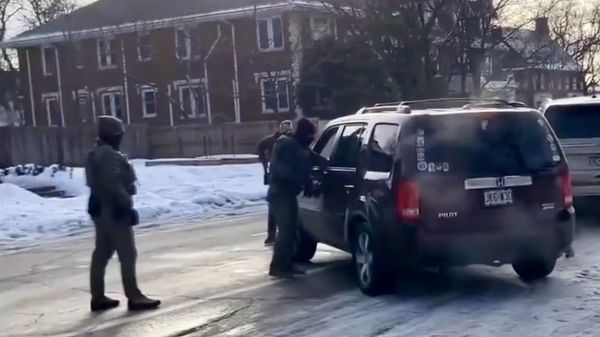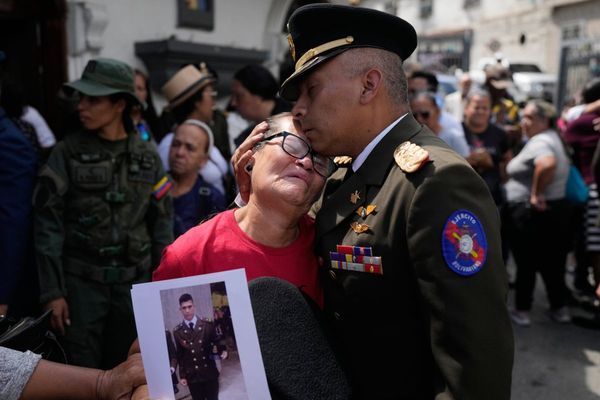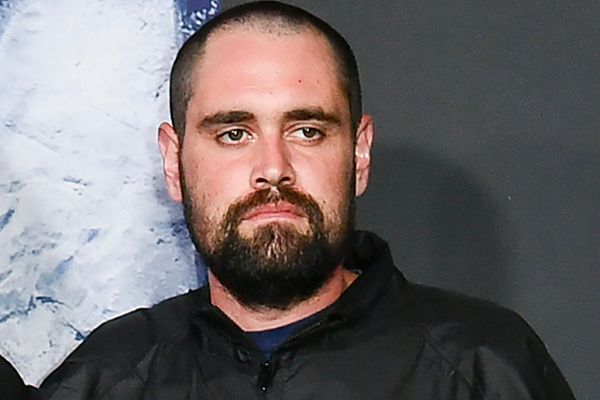
A board of inquiry report on the prosecution of Bruce Lehrmann was handed to the ACT government on Monday.
But the government’s plans to spend four weeks analysing the report before it was released publicly were thrown into disarray when its contents were published on Wednesday night.
Why was the board of inquiry established?
The inquiry was announced in December last year after the ACT director of public prosecutions, Shane Drumgold, and ACT police expressed concerns about the investigation and prosecution of rape allegations against Lehrmann.
Brittany Higgins alleged Lehrmann, a former colleague, raped her in Parliament House in 2019. Lehrmann, who pleaded not guilty to one count of sexual intercourse without consent, has always denied the allegation of rape and no findings have been made against him.
Lehrmann was tried by the ACT supreme court in October but a mistrial was declared due to juror misconduct. Prosecutors later dropped the charges against him because of fears about the impact a second trial would have on Higgins’s mental health.
What did the government ask the inquiry to examine?
The government said in a statement shortly after the inquiry was announced that it was established to “ensure that the territory’s framework for progressing criminal investigations and prosecutions is robust, fair and respects the rights of those involved”.
“Specifically, the inquiry will examine the conduct of criminal justice agencies involved in the trial of R v Lehrmann,” the statement continued.
“Recent public reporting and commentary in relation to the matter of R v Lehrmann raise issues that may have wider implications for the prosecution of criminal matters in the Territory.”
According to its terms of reference, it had a broad remit, including investigating whether police or Drumgold breached their duties.
What evidence did it hear?
The first person to appear before the inquiry was Drumgold, who was questioned in detail about an apparent series of missteps that occurred after Lehrmann was charged, including statements the prosecutor made in pre-trial court hearings and other allegedly questionable conduct.
Drumgold also provided evidence that he thought a political conspiracy was “possible if not probable” at the time he sent a controversial letter to the head of the ACT police.
He also said the juror who brought outside material into Lehrmann’s rape trial, causing it to be aborted, was also the juror holding out on a conviction.
Lawyers who represented Lehrmann, police involved in the investigation, and the ACT victims of crime commissioner, Heidi Yates, also appeared.
What happened after the evidence was finished?
The inquiry finished hearing from witnesses in early June, and was expected to provide potentially adverse findings to any parties soon after.
Those parties were given a chance to respond, before a final report was completed by the board of inquiry.
This final report was provided to the ACT government on Monday.
The government said after it received the report that: “subject to the contents of the report, and any legal implications, the chief minister currently intends to table all, or part, of the report [in late August].”
It was expected that parties would be provided a final copy of the report before it was released publicly.
Instead stories based on the report were published on Wednesday night.
Why was the report made public and what did it find?
Walter Sofronoff KC provided embargoed copies of the final report to journalists at the Australian and the ABC without the authorisation of the ACT government, and before the report had been provided to the chief minister.
The Australian published a detailed story on the findings on Wednesday night, but insists it did not breach the embargo.
Its publication followed an earlier report by news.com.au which reported some of the findings of Sofronoff, citing anonymous sources.
The media stories detailed explosive findings, but were also followed by recriminations about the final report’s premature publication.
What happens next?
The ACT government said on Friday afternoon that “Mr Sofronoff has provided the government with a detailed written explanation for why he chose to release the report to selected journalists prior to providing it to the chief minister.
“The government remains extremely disappointed in this action, but at this time, our focus is on responding to the report and ensuring procedural fairness is afforded to all parties named in it.”
It is expected to release the final report next week.
Lehrmann says he intends to sue the ACT government over flaws in the prosecution.
The Daily Telegraph quoted Lehrmann saying he had “instructed my solicitors to prepare a statement of claim against the state”.







